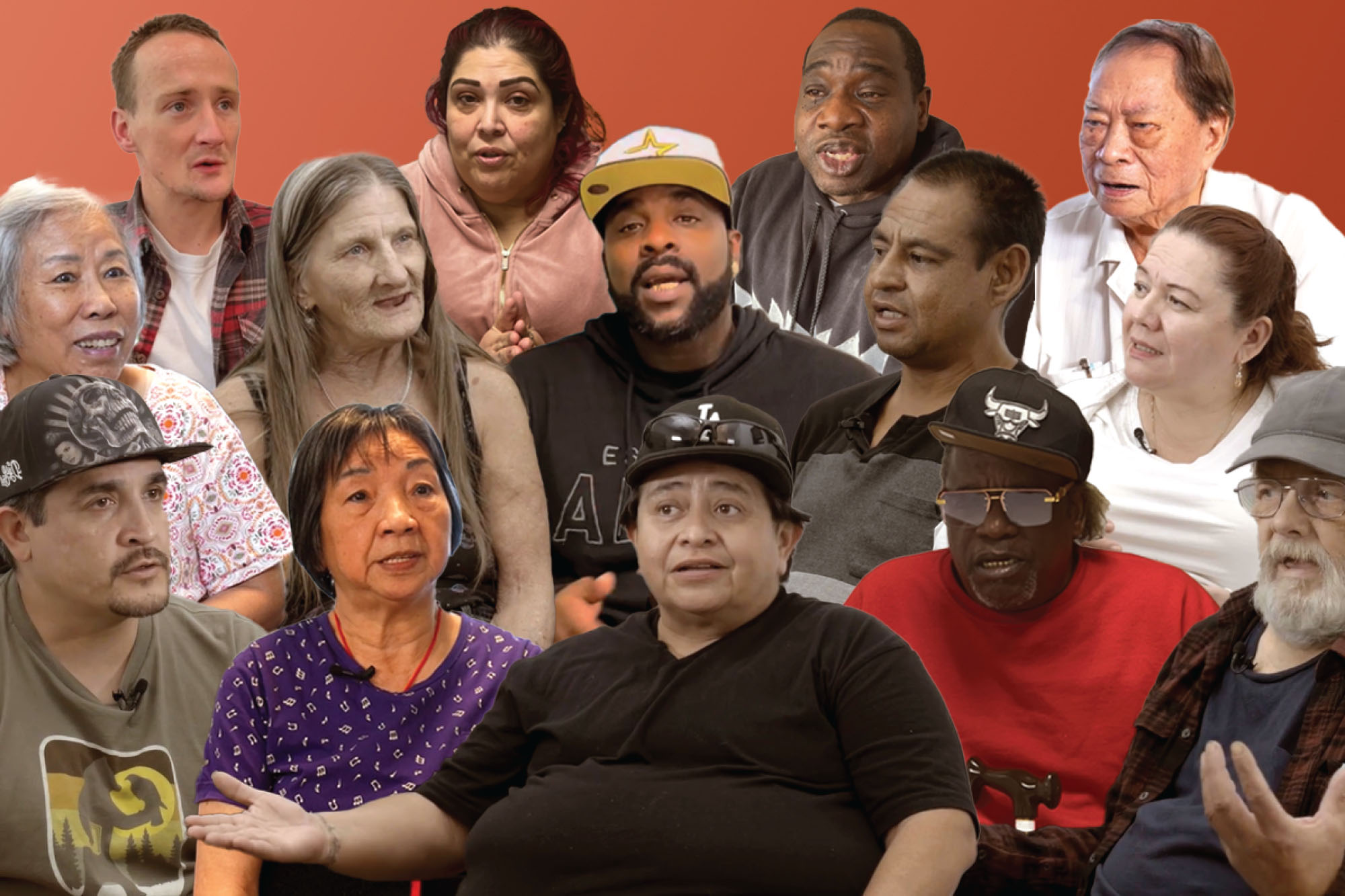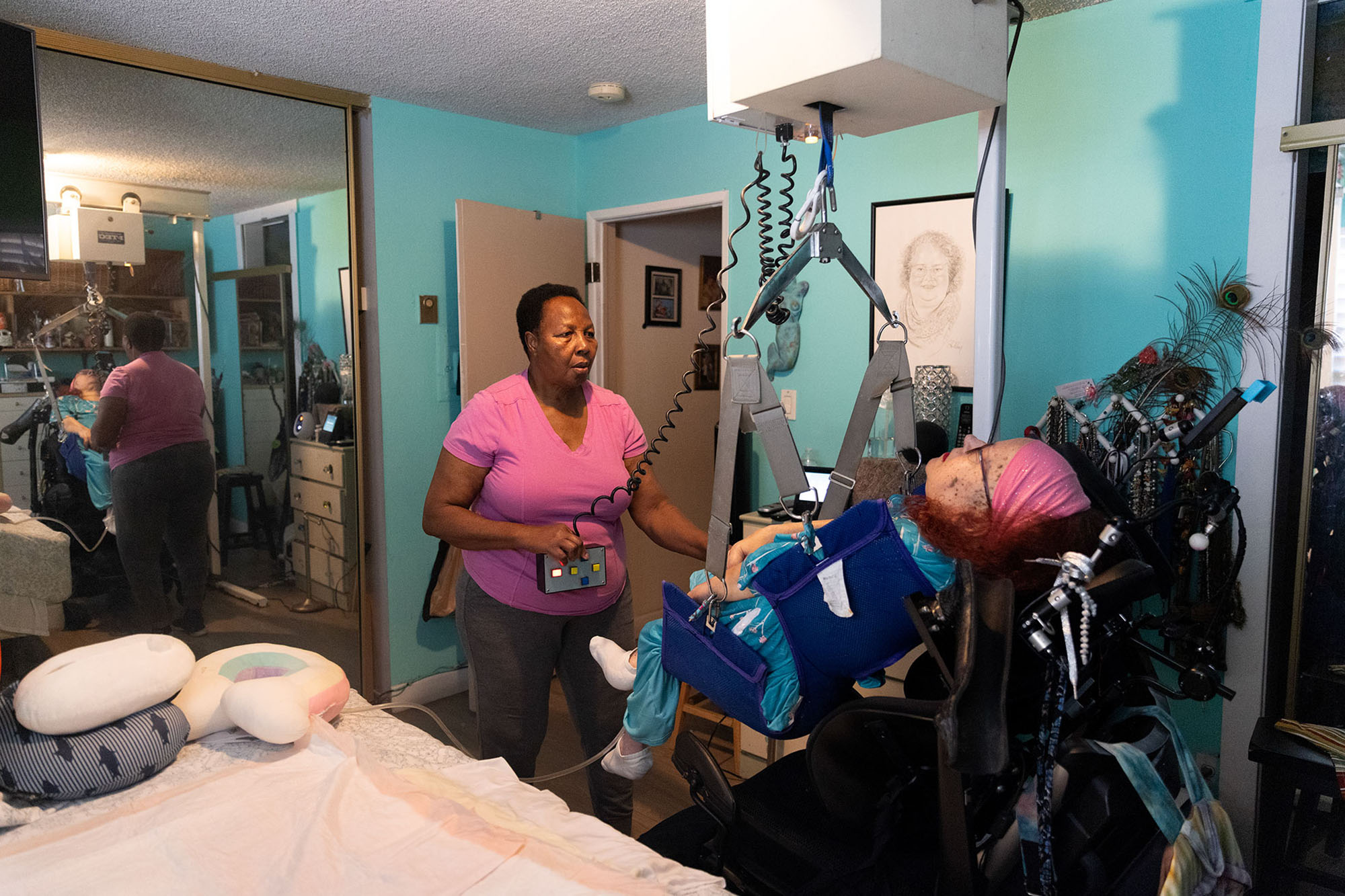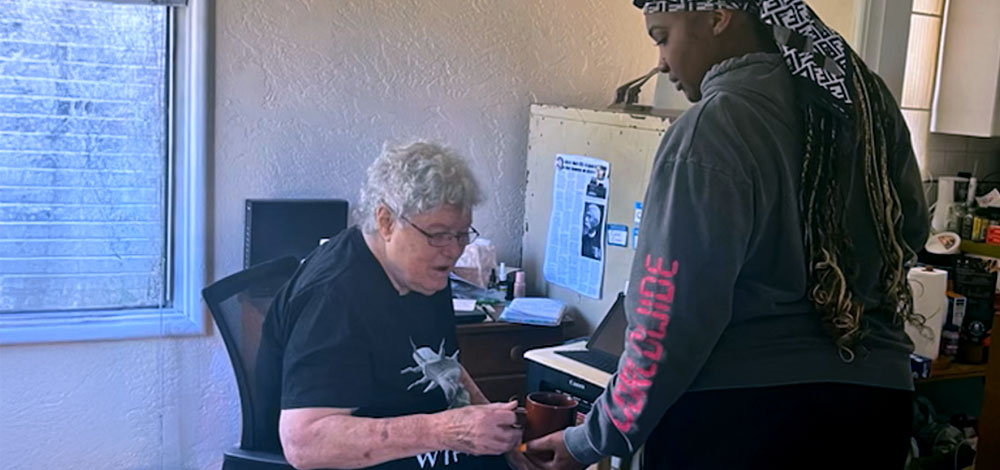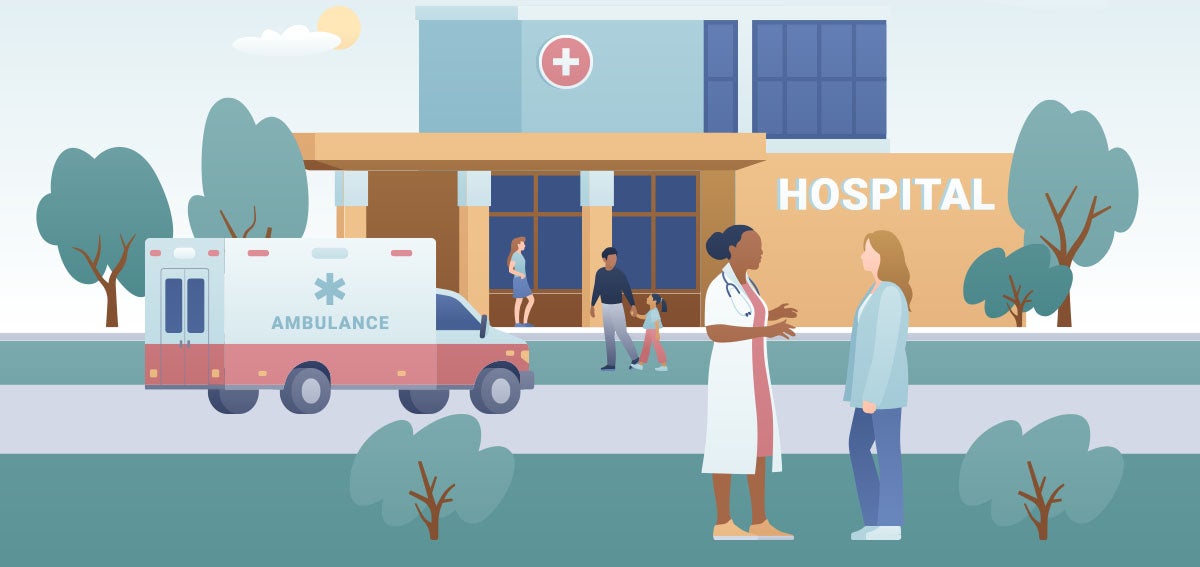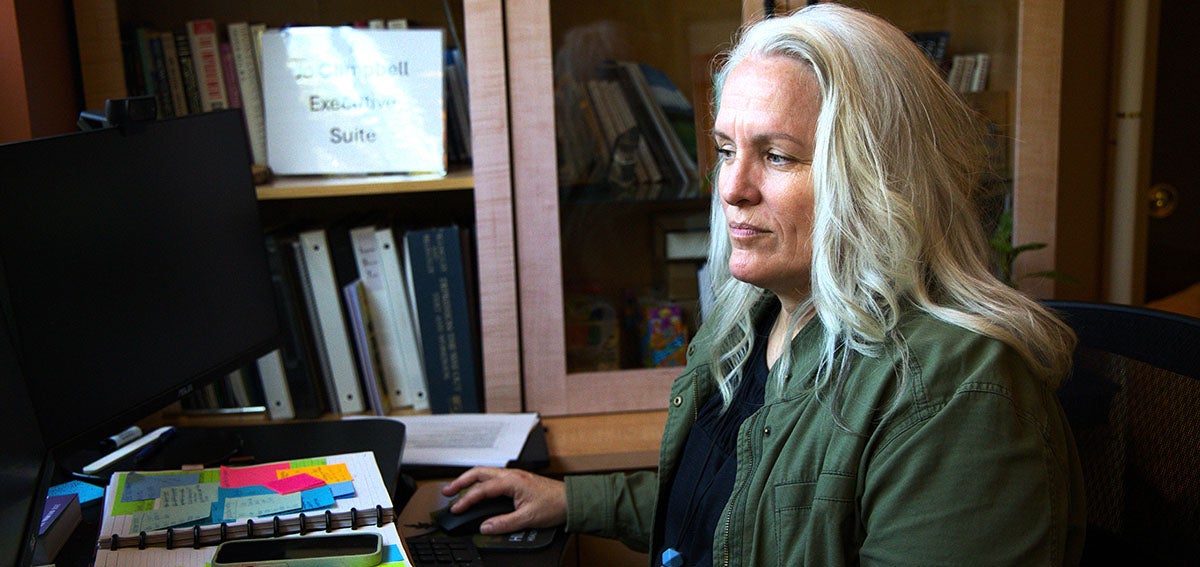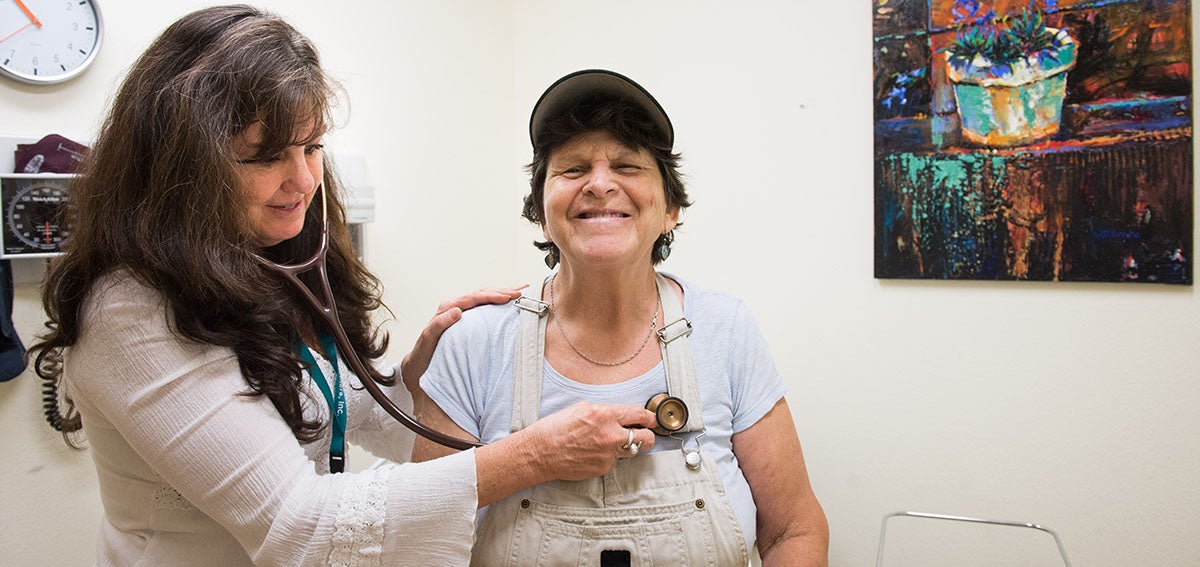
The California Department of Health Care Services (DHCS) recently launched CalAIM: California Advancing and Innovating Medi-Cal, a multiyear process to improve the health outcomes and the quality of life experienced by Medi-Cal patients. Specialized workgroups are currently meeting to refine the state’s initial proposal, which establishes a framework to advance delivery system, program, and payment reforms in Medi-Cal. The proposal includes a shared savings program with Medi-Cal managed care plans. Chris Perrone, CHCF’s director of Improving Access, discusses what shared savings is, why it’s a pivotal element of improving Medi-Cal, and how to ensure that a shared savings program is successful.
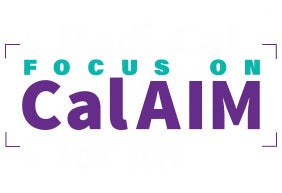
This blog is part of a series of articles about key facets of the proposal. It has been condensed and edited for clarity.
Q: Shared savings is one of many possible Medi-Cal payment reform strategies. Why is it important for California to change the way we pay for care in Medi-Cal?
A: For far too many children, seniors, and working families that are low income, California is not delivering on the promise of Medi-Cal. Recent reports by the state auditor show that children and Medi-Cal patients in rural regions often experience poor access and quality of care. CHCF-funded research conducted at the University of California, San Francisco (UCSF), shows that over the last decade California has not seen the level of improvements in quality and access that we should expect from a program as important as Medi-Cal.
The way we pay Medi-Cal managed care plans, which serve about 80% of all Medi-Cal patients, is a big part of the problem. State payments to these plans are not influenced by the quality of care the plans provide.
Now, it’s even more urgent that this situation change. For many years, plans have been central to delivering Medi-Cal services. The state is proposing to give plans more responsibility, especially for patients with high needs, including Californians experiencing homelessness, people with complex conditions, and those requiring long-term care. With this additional responsibility, it’s critical that the plans are paid in a way that includes financial incentives that deliver on the goals of the program.
Q: You’ve said that plans that are able to improve quality and lower costs can actually be financially penalized. How is that?
A: California sets rates for plans based on many factors, but it relies too heavily on utilization and costs from previous years. The state doesn’t factor quality into what it pays or consider whether the plans are investing their capital to improve the quality of care. As a result, if a plan is able to reduce costs significantly — say, through an asthma management program that reduces avoidable ER visits — the plan could in effect be penalized with a lower rate in the future, even if the lower costs are the result of better quality and care. This is called “premium slide,” and it creates a financial disincentive for plans to invest in transformative programs and services that go beyond the minimum requirements for a Medi-Cal benefit package.
For example, Health Plan of San Mateo has a highly successful program to cut avoidable nursing home admissions, and L.A. Care (PDF) and the Inland Empire Health Plan are making multimillion-dollar investments in housing services for the homeless. Unfortunately, these investments are the exception, not the rule, at least partly because of the financial disincentives associated with premium slide. Shared savings is one way the state can start to put the right financial incentives in place.
Q: How does shared savings work?
A: With a shared savings program, a plan that provides care at a cost below state projections would be able to keep some of the savings it generates. To ensure this would result in better patient care, a plan would only reap the financial reward by achieving specific quality goals and meeting investment requirements in health-related services and interventions. Our Manatt Health report on shared savings and short downloadable summary go into detail.
“This is a rare opportunity. We are setting the course for Medi-Cal for years to come.”
—Chris Perrone
As CHCF outlined in a report last year from Bailit Health, shared savings is one of many ways the state can and should financially incentivize Medi-Cal managed care plans to improve quality. Paying for performance is another. One important benefit of shared savings is that it doesn’t require additional state funding. By encouraging plans to invest in activities that improve quality and lower costs, the state benefits by keeping some of the savings generated by the plan.
Q: What are the keys to shared savings success?
A: The ability of plans to keep savings should be contingent on meeting quality-improvement targets. You don’t want plans benefiting on the backs of patients, such as doing things that cut costs but worsen quality and access. Quality goals should be broad based to reflect the wide array of services and populations covered by Medi-Cal without focusing solely on certain high-cost populations. Otherwise, the shared savings program won’t spur widespread quality improvement for all Medi-Cal patients.
Last year, CHCF convened experts to develop quality goals for a hypothetical shared savings program. They arrived at 12 measures, including breast cancer screening rates, all-cause readmissions, and control of high blood pressure. The measures were broad enough to incentivize comprehensive quality improvement, but not so numerous as to dilute plans’ resources and focus. DHCS should assemble a group of stakeholders to recommend the quality goals, and these recommendations would be a useful starting point.
Plans’ ability to retain savings should be conditioned on a minimum investment in health-related programs. These could include voluntary In Lieu of Services, which DHCS is now refining. Those will likely include things like housing transition services, recuperative care, and sobering centers. It could also be tied to other much-needed investments, like expanding physician recruitment.
The program shouldn’t be complicated to administer or require intensive reconciliation or auditing. The incentives should be clear, strong, and timely.
Q: What else should the state do to advance payment reform broadly in Medi-Cal?
A: Among the many reforms that could be adopted, two rise to the top. To achieve the CalAIM vision, Medi-Cal payments to Federally Qualified Health Centers (FQHCs) must be tied to performance. FQHCs provide roughly half of all primary care services to Medi-Cal patients, and they are paid based on antiquated rules that discourage innovation and provide little accountability for quality of care and patient outcomes. We should advance a smarter way to pay for care in this vital arm of the safety net, just as we have already begun successfully with our public hospitals through the PRIME program.
The state also should establish plan-specific quality goals. Right now, Medi-Cal managed care plans can be financially penalized if they fall short of the national 50th percentile on quality metrics. While this is an improvement from previous years when plans were required to meet the national 25th percentile, we can and should hold plans financially responsible for meeting a higher standard of continuous quality improvement.
Q: What will happen if DHCS doesn’t implement a shared savings program through Medi-Cal Healthier California for All?
A: This is a rare opportunity. We are setting the course for Medi-Cal for years to come. The way we have been paying for care in Medi-Cal, and particularly in Medi-Cal managed care, is not producing the results we want. The risk of inaction is that we will continue for another decade to do what we know isn’t working.
Through CalAIM, we can start to right the ship. By tying plan payments to access and quality — by implementing a shared savings program and through other means — we can take a major step toward creating a Medi-Cal payment system that achieves what Californians want: high-quality, accessible care that leads to better health for millions of children, seniors, and working families that are low income.
Authors & Contributors


Jessica Brandi Lifland
Jessica Brandi Lifland is a freelance photographer, instructor of journalism at City College of San Francisco, and mother. Her work with publications and nonprofits such as Operation Smile, Tostan, and the California Health Care Foundation has taken her all over the world, including West Africa, the Middle East, Kosovo, Burma, Haiti, and South America.
For two decades she has been photographing the National Cowboy Poetry Gathering and has been working on a long-term project documenting the lives of the cowboy poets of the American West in affiliation with the Western Folklife Center. She plans to make her project into a book.

